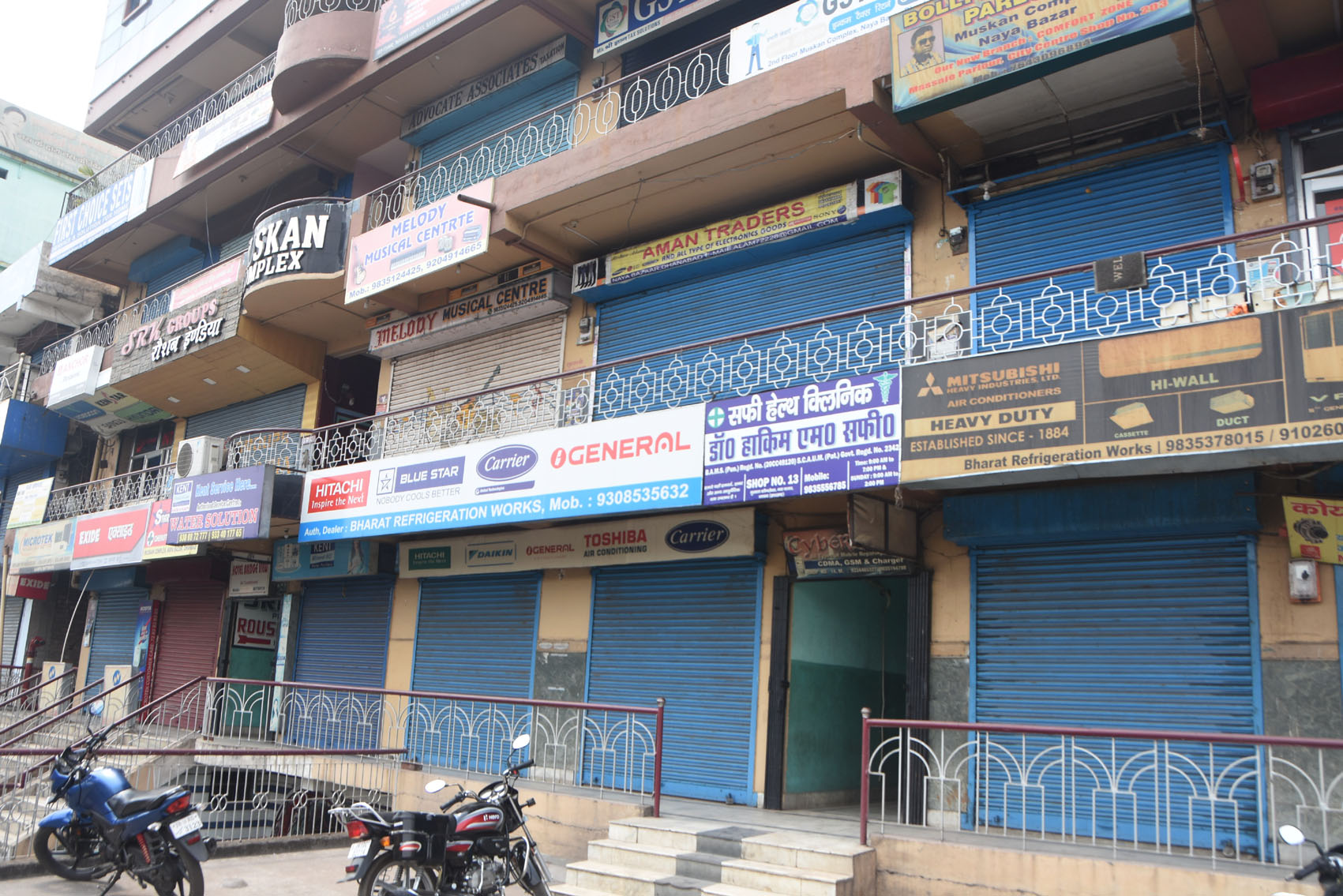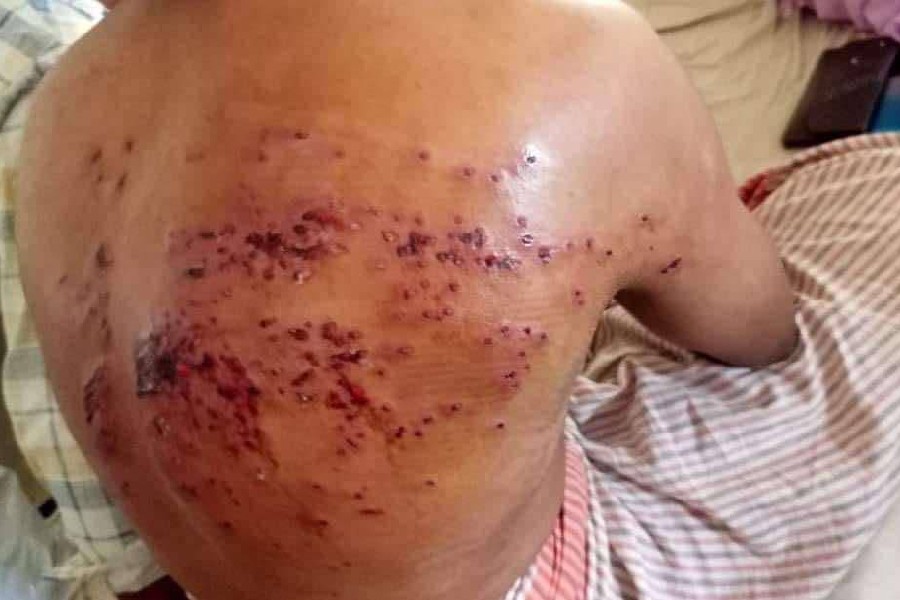A 22-member expert group has recommended 6-to-10-week lockdowns in the districts hit hardest by the second Covid-19 wave, urging far longer closures than the 14-day “local containment” prescribed by the Centre.
The group has called for the closure of all indoor public spaces barring those providing essential services, consultations with local community groups and measures to support the poor and vulnerable who are likely to bear the brunt of the closures.
Global observations on lockdowns suggest that such closures need to be in place for 6 to 10 weeks for Covid-19 cases to fall significantly, The Lancet Covid-19 Commission India Task Force has said in a report it has shared with the Centre’s Covid-19 advisers.
Its recommendations include the closure of all offices, public buildings, indoor dining restaurants, shops, malls and places of worship in districts designated “hotspots” based on measures such as daily counts of new Covid-19 cases, the growth rates of these counts, and the proportion of critical-care beds occupied.
The Union home ministry had, using guidelines from the health ministry, asked the states last week to identify “districts of concern” where the proportion of positive cases among those tested is 10 per cent or higher and where oxygen-supported or critical-care bed occupancy is 60 per cent or higher.
The Centre has asked the states to identify geographical areas with clusters of cases and implement “local containment” measures to restrict people from intermingling for 14 days.
Several states have introduced limited, short-term closures while some others are enforcing longer closures.
The India Task Force has, however, called for “synchronised, coordinated” closures for 6 to 10 weeks to systematically bring down the new-case counts close to pre-second-wave levels in the hardest-hit areas.
“We were not in favour of such closures or lockdowns some weeks back,” Chandrika Bahadur, who is with the UN Sustainable Development Solutions Network, New Delhi, and heads the India Task Force, told The Telegraph.
“But the epidemic has evolved fast and we believe it is at a point where 6-to-10 week closures might be needed to help reduce new cases significantly in those parts of the country that are hotspots.”
India’s epidemic, measured through the seven-day average of daily new cases, has ballooned nearly 24-fold over the past eight weeks — from 15,700 cases in early March to 373,000 in early May.
The India Task Force has also proposed a complete ban on gatherings of more than 10 people at any given place.
A health ministry official said the epidemic was showing “early signs of plateauing” in Chhattisgarh, Delhi, Gujarat, Madhya Pradesh, Maharashtra, Jharkhand and Uttar Pradesh.
But, the official said, it was continuing to grow in Bengal, Bihar, Andhra Pradesh, Chandigarh, Haryana, Karnataka, Kerala, Tamil Nadu, Odisha, Punjab and Rajasthan.












